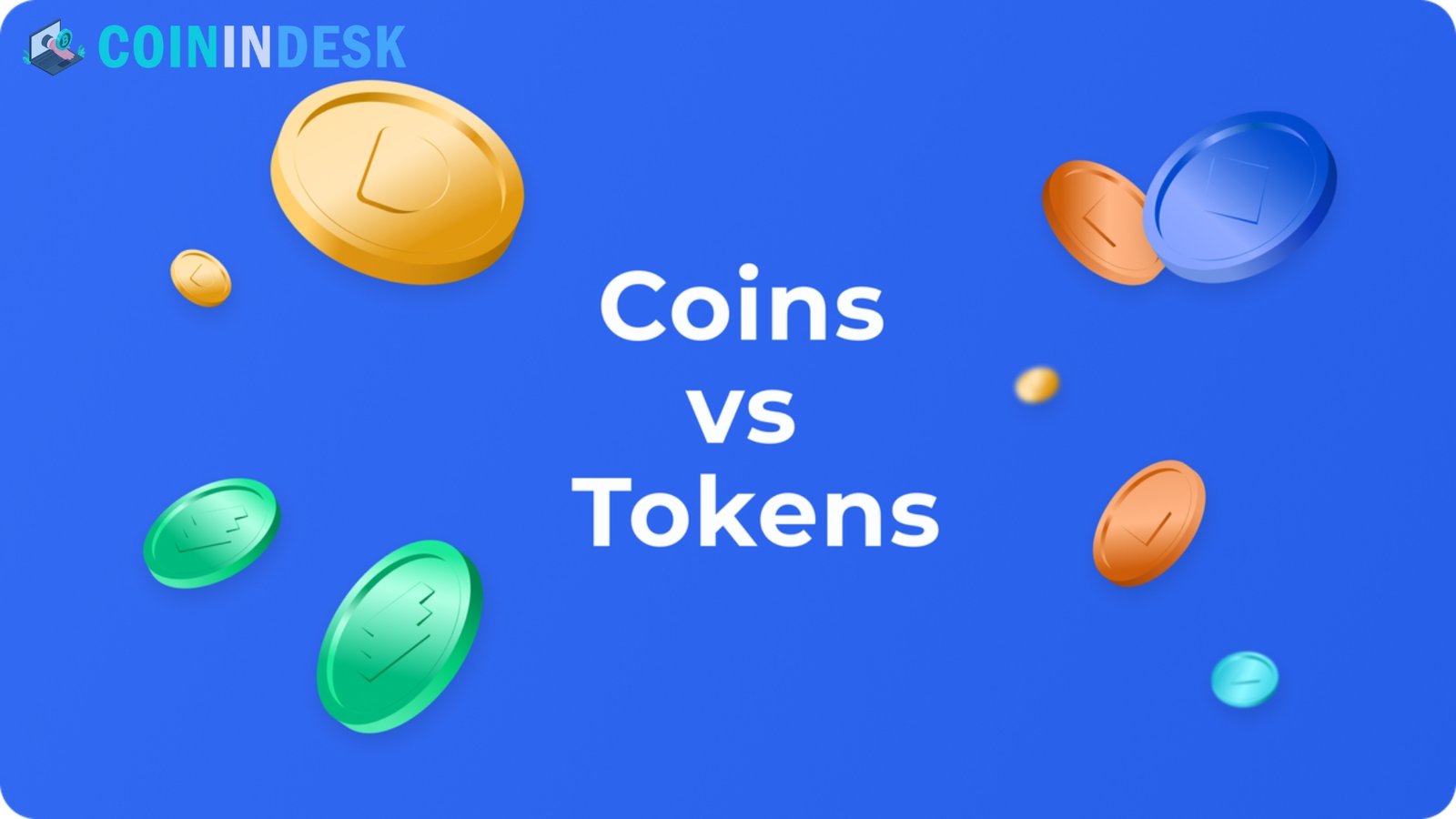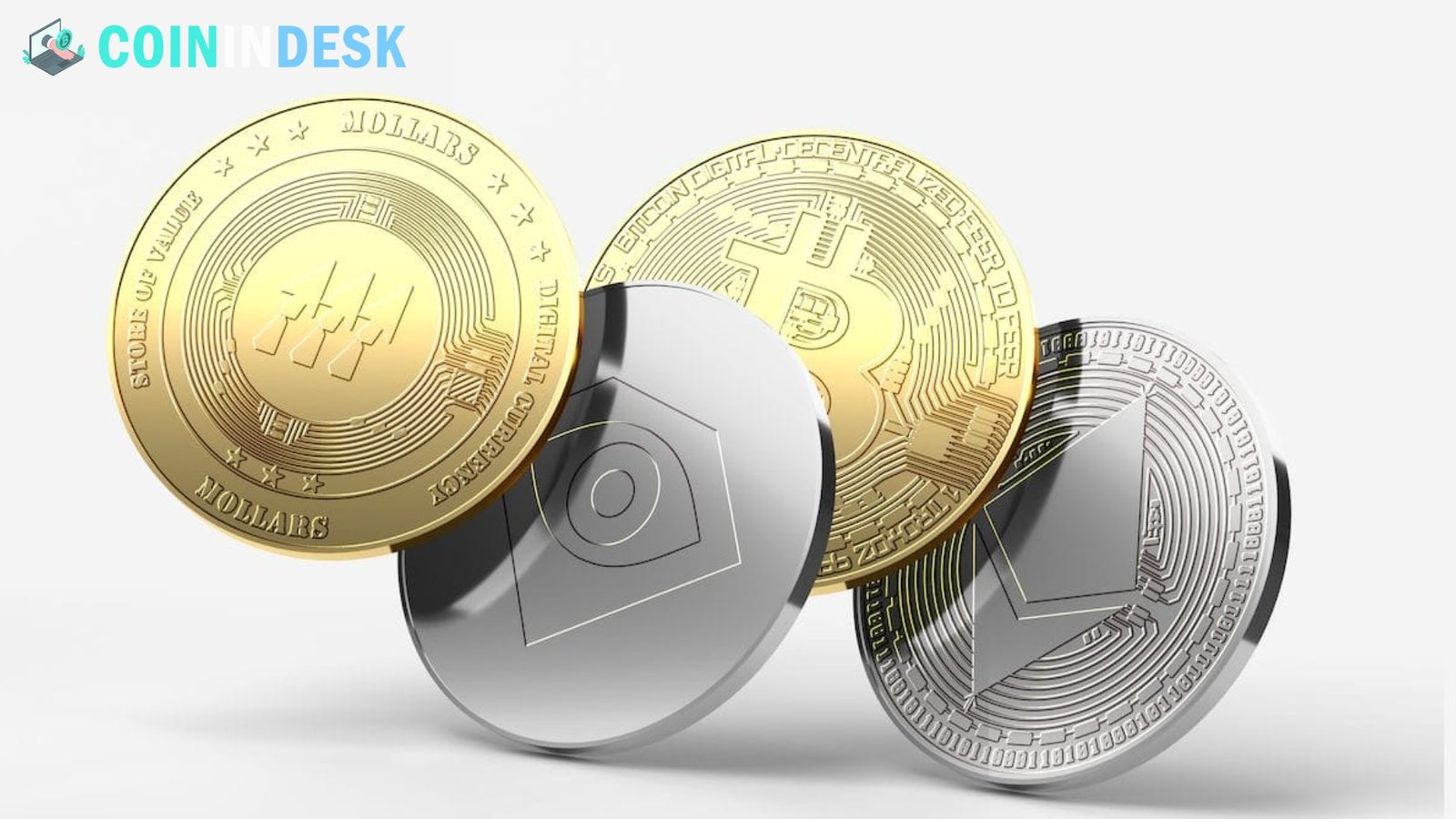Exchange Coins and Tokens. Cryptocurrency exchanges often issue unique “exchange coins” to facilitate trade and other ecosystem services. These coins, also known as exchange tokens, allow users to gain access to exclusive features and services and reduce trading fees and prizes for staking.
A lot of jargon is floating around when trying to define the various types of cryptocurrency. You name it: native coins, utility tokens, governance tokens, stablecoins, altcoins, and the list continues endlessly. One type of cryptocurrency, however, called an “exchange coin,” may be new to you. Cryptocurrency exchanges issue unique coins known as exchange coins. In the context of the issuing exchange’s ecosystem, these coins, also called exchange tokens, perform useful services.
For instance, using several exchange coins to pay for transactions on the exchange can give you a discount on trading fees. Take BNB (BNB) as an example; it provides lower trading fees on Binance. Users can stake their exchange coins to gain rewards like more coins or tokens or participate in exchange activities like voting on new token listings. Staking is another popular usage.
Participation in token sales known as initial exchange offers (IEOs) or access to premium customer care are just two examples of the perks that customers can enjoy when they hold exchange currencies. On occasion, you might see exchange coins utilized for less common reasons, like as a base trading pair for other cryptocurrencies, as collateral for loans, or for cross-platform transactions.
Exchange Tokens vs. Exchange Coins: Key Differences

Why Invest in Exchange Coins and Tokens?
While not exactly digital gold, exchange coins provide monetary incentives and strategic advantages. These assets provide substantial demand-side support and are, hence, essential to the ecosystems of their respective platforms.
Trading fee discounts
Trading costs on certain exchanges are often decreased for holders of exchange coins, which may be a huge boon for day traders looking to save money. For example, the reduced transaction costs seen by BNB users on the Binance platform directly result from the discounted trading fees. Like KuCoin Token and Huobi Token, which also provide reduced exchange fees, these tokens are attractive to active traders who want to keep their expenses to a minimum.
Token burn mechanisms
Token burn systems, in which a percentage of the token supply is regularly destroyed to reduce the overall supply, frequently involve these tokens and fee discounts. In theory, This deflationary strategy can raise the token’s value by making it more scarce. To increase BNB’s value in the long run, Binance, for instance, frequently burns tokens. Token holders can expect a real return on investment (ROI) thanks to these mechanisms, which can cause token values to rise.
Governance
The function that exchange tokens play in governance is another appealing feature. Token holders can have a say in the exchange’s future by voting on governance ideas on many platforms.
Investors can gain influence through this decentralization of decision-making by having a say in crucial issues like protocol updates, fee structures, and new listings. Tokens like Uniswap’s (UNI) Huobi Token and others like it provide holders a say in major platform decisions. Involvement in this way does double duty: it brings investors closer together to pursue the exchange’s success and helps them feel like they’re part of something bigger.
Yield generation
Staking and other DeFi activities can also provide yield when investing in exchange coins and tokens. Token holders can participate in staking programs offered by several exchanges to secure their holdings for the benefit of network operations and security.
As an example of a passive income stream, you can stake Aave (AAVE) or Synthetix (SNX) tokens to earn interest or more tokens. With the capacity to create yield, investors can receive returns beyond only the price appreciation of these tokens, strengthening their total value proposition.
Popular Exchange Coins and Tokens
Binance’s heavy use of BNB keeps it at the top of the exchange currency rankings. Still, other coins like Bybit’s BYT, GateToken, and OKB are making waves due to features like discounted trading fees, unique investment opportunities, and governance responsibilities, which point to their future growth potential.
No exchange coin is more popular than BNB. World-leading cryptocurrency exchange Binance implements it natively. Binance has four times the 24-hour trading volume of Bybit. Reducing trading fees, offering exceptional investment options, integrating with other financial institutions, and increasing payment use form the full value proposition.
Binance is growing swiftly, but Bybit, which uses its native ERC-20 token, the Bybit Token, is also growing fast. Bybit has soared because of its unique trading goods, solid security measures, and user-friendly interface. Holding BYT saves high-frequency traders a lot of money due to lower trading costs. Bybit offers promotional events and trading contests to reward BYT holders. Bybit’s governance will involve BYT holders in major decisions and protocol changes and encourage community participation.
GateToken (GT), Gate.io’s native ERC-20 token, is noted for its trading pairings and innovative products. GT attracts active traders with low trading fees. Token holders can participate in high-return token sales early and vote on platform governance choices.
OKB, OKX’s native coin, was launched as an ERC-20 token on Ethereum, like Crypto.com. It is currently held on the OKT Chain, OKX’s blockchain. OKX Jumpstart lets consumers sell tokens and invest in innovative businesses early. OKB holders receive significant trading fee savings. OKX burns tokens like Binance to reduce OKB. This can make the token scarcer and more valuable. OKB’s popularity appears to rise due to OKX’s strategic ambitions to expand globally and improve its products.
Expanding Utility of Exchange Coins
There are many alternatives to typical cryptocurrencies, such as exchange coins like OKB and BNB, originally utilized within their platforms. Virtual currencies like Bitcoin (BTC) and USDT dominate the payments environment, but exchange coins aren’t without their uses.
Numerous Shopify merchants can accept BNB as a payment method through integration with cryptocurrency payment processors such as CoinPayments. Another option is to use BNB for food deliveries through Takeaway.com, a subsidiary of Eat, in specific regions.
The same holds for OKB; many businesses and services accept it as payment. Buying goods and services, and even booking travel, is made easy using it. Furthermore, users can spend their exchange coins and tokens at any retailer that accepts Visa with the use of Visa cards offered by ecosystems like Binance, OKX, and Crypto.com.
Many coins and tokens used in exchanges are used within their ecosystems, not for exchange. For instance, BYT’s principal function facilitates fee savings for trading and other platform-related activities inside the Bybit crypto ecosystem. Similarly, Gate.io primarily uses GT for governance, token sales participation, and trading fee savings. Users can always trade the tokens for other, more widely used currencies when paying for products and services.


